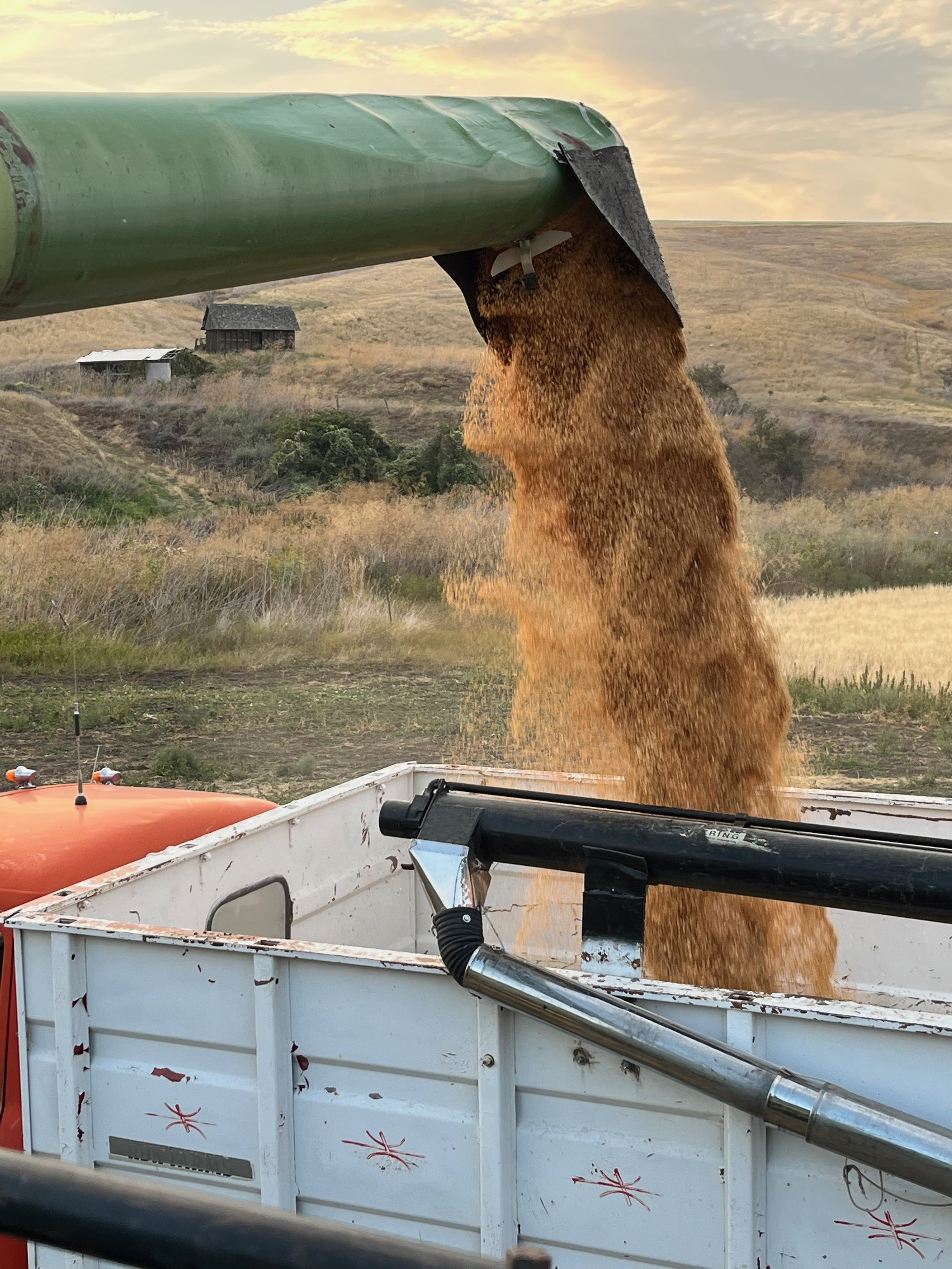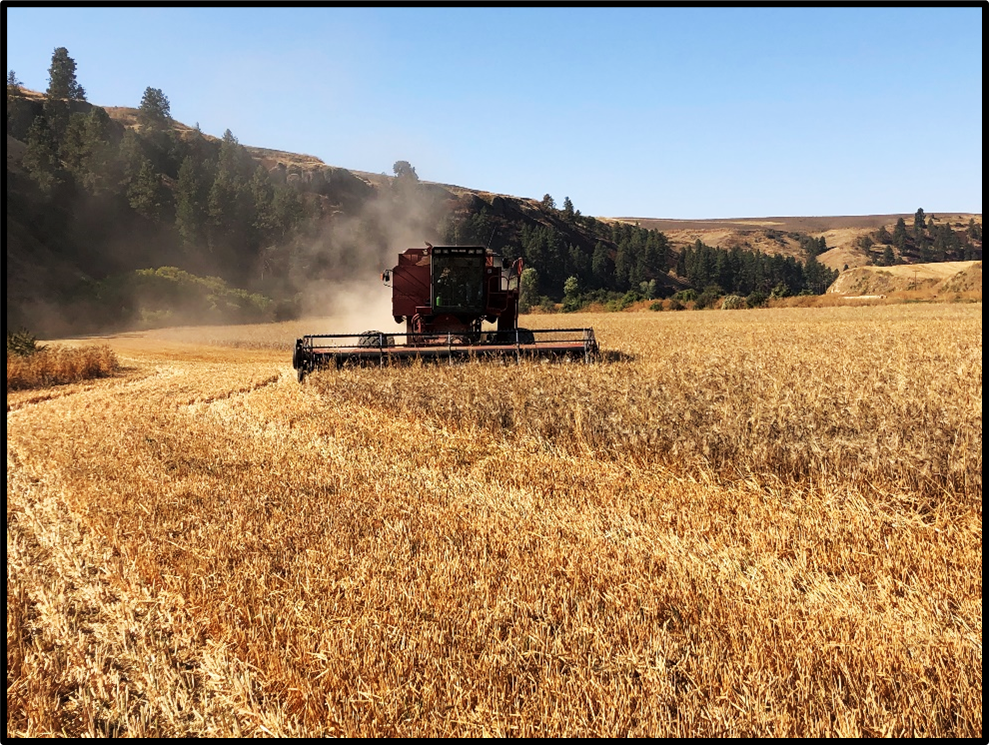
The Palouse Heritage Blog

Reflections on Summer 2025
“Amateurs talk strategy. Professionals talk logistics.”
That line from General Omar Bradley has been our theme this season as we’ve refined how we store, clean, and handle heritage grains — all while deepening partnerships with organic growers across the Palouse.
Catch our latest update in this latest blog post.

Summer Reflections

A 2022 Harvesttime Collage of Sights, Sounds, Smells & Tastes

The Grand Grain Refrain—1935 Harvest Reminiscences in Verse

